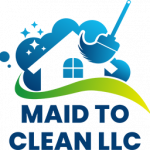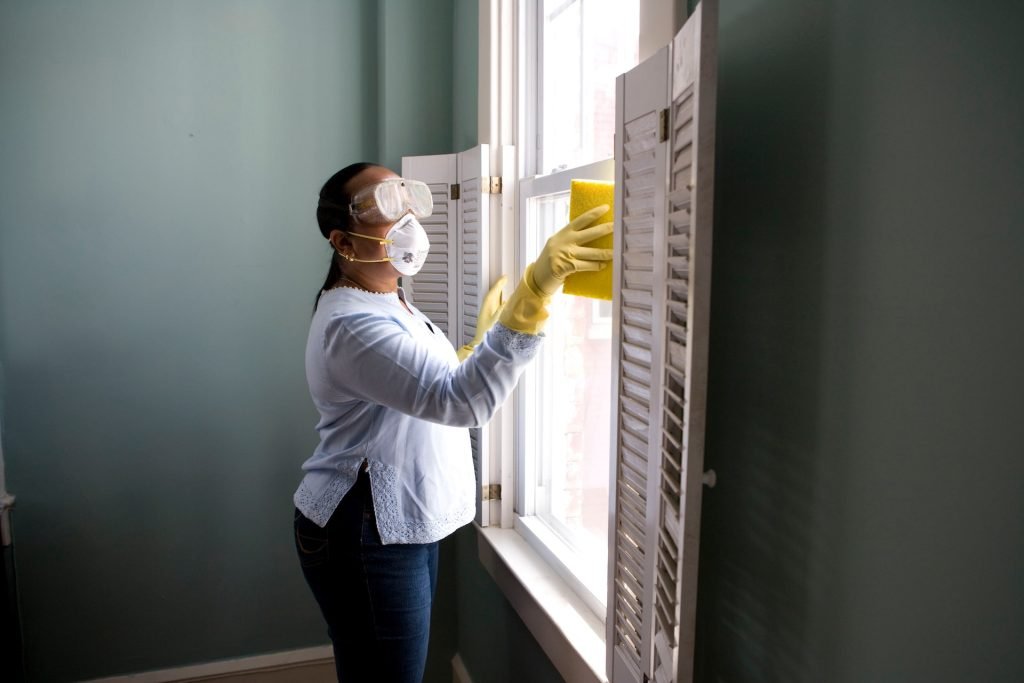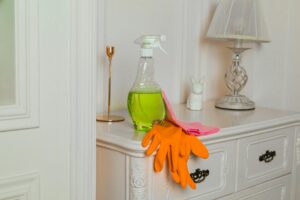As a homeowner, it’s essential to understand the basic cleaning terminology to ensure the most effective cleaning practices for your Rapid City home. Whether you’re striving to maintain a spotless living environment or looking to communicate better with professional cleaning service providers like Maid To Clean LLC, a clear grasp of these common cleaning terms will prove invaluable.
In this comprehensive guide, we at Maid To Clean LLC have curated an essential cleaning glossary, covering must-know terms and concepts for every homeowner. These terms will not only improve your understanding of various cleaning techniques but also showcase the extensive knowledge Maid To Clean LLC brings to the table. So, let’s dive right in, and enrich your cleaning vocabulary for a more informed and confident cleaning experience.
1: Cleaning Techniques and Methods
1.1. Dusting: This common cleaning task involves removing dust accumulation from surfaces such as furniture, shelves, and décor items. Use a microfiber or feather duster to effectively capture dust particles without spreading them into the air.
1.2. Vacuuming: Vacuuming is the process of sucking up dirt, debris, and dust from floors, carpets, and upholstery using a vacuum cleaner. Regular vacuuming prevents dirt build-up, extends the life of carpets, and improves indoor air quality.
1.3. Sweeping: Sweeping involves using a broom or brush to remove dirt and debris from hard floor surfaces. A durable, angled broom is ideal for efficiently capturing and collecting debris.
1.4. Mopping: This technique entails using a mop and cleaning solution to remove spills, grime, and bacteria from hard floors. Wet mopping, dry mopping, and steam mopping are common methods, each with specific benefits and drawbacks.
1.5. Spot Cleaning: Spot cleaning entails treating and removing localized stains, spills, or dirt on various surfaces, such as carpets, upholstery, and walls. Various cleaning products and techniques, like blotting or dabbing, are used to address specific stains effectively.
2: Cleaning Tools and Equipment
2.1. Squeegee: A squeegee is a handheld tool with a flat, rubber-edged blade used to remove water, cleaning solution, or streaks from smooth surfaces, such as windows, mirrors, and shower doors.
2.2. Microfiber Cloth: A soft, durable, and highly absorbent cloth made of ultra-fine synthetic fibers is known as microfiber cloth. It is well-suited for cleaning various surfaces more efficiently than traditional cotton cloths, as it can attract and hold dirt, dust, and bacteria.
2.3. Scrub Brush: A brush with stiff bristles, designed for scrubbing surfaces to remove stuck-on dirt, grime, and stains. Scrub brushes come in various shapes and sizes, designed for various cleaning tasks, like cleaning grout lines, removing rust, or tackling stubborn stains.
2.4. Extendable Duster: This cleaning tool has an extension pole that allows the user to reach high or difficult-to-access areas, like ceiling fans, light fixtures, and tall shelves. The duster head is typically made of microfiber or lambswool materials.
2.5. Steam Cleaner: A device that heats water to generate steam, which is then applied to surfaces for deep cleaning and sanitizing purposes. Steam cleaners are highly effective at removing dirt, stains, and bacteria from various surfaces, such as carpets, upholstery, tile floors, and grout lines.
3: Cleaning Products and Chemicals
3.1. All-Purpose Cleaner: A versatile cleaning solution designed for use on various surfaces, such as countertops, floors, and appliances. All-purpose cleaners contain surfactants to lift and remove dirt and grime effectively.
3.2. Disinfectant: A chemical cleaning product designed to eliminate microorganisms, such as bacteria and viruses, from surfaces. Disinfection is crucial in preventing the spread of illnesses in households, especially during periods of increased health risks.
3.3. Degreaser: A cleaning agent specifically formulated to remove grease, grime, and oil from various surfaces, like kitchen appliances, countertops, and automotive parts.
3.4. Abrasive Cleaner: A cleaning product containing small particles to help scrub away dirt, stains, and buildup on hard surfaces. Examples include powdered/liquid cleaners for sinks, tubs, and stoves. However, abrasive cleaners may scratch or damage certain surfaces, so use with caution.
3.5. pH-neutral Cleaner: A mild cleaning solution with a pH level close to 7.0 that is designed for use on delicate or sensitive surfaces. pH-neutral cleaners prevent damage to surfaces like marble, natural stone, and hardwood floors.
4: Cleaning Concepts and Principles
4.1. Sanitizing: Sanitizing is the act of reducing the number of bacteria and microorganisms on a surface to a safe level, as determined by public health standards. It is a less rigorous process compared to disinfecting but is essential for maintaining cleanliness in your home.
4.2. Cross-contamination: The unintentional transfer of bacteria, allergens, or other contaminants from one object, surface, or person to another, often via cleaning tools or equipment. Preventing cross-contamination is crucial in ensuring a hygienic home environment.
4.3. High-touch Surfaces: These are the surfaces frequently touched by people, such as doorknobs, light switches, faucets, and remote controls. High-touch surfaces require regular disinfecting to minimize the spread of bacteria and viruses.
4.4. Green Cleaning: The use of environmentally-friendly cleaning products, equipment, and practices that minimize harmful impacts on health and the environment. Green cleaning can involve using natural cleaning solutions, eco-friendly tools, or adopting sustainable cleaning methods.
4.5. Biodegradable: A term used to describe materials that break down into natural components when exposed to environmental factors, like microorganisms or sunlight. Biodegradable cleaning products minimize environmental pollution, making them a more sustainable choice.
Understanding these cleaning terms will empower you to make informed decisions when discussing cleaning service requirements or selecting cleaning products for your home. By incorporating these concepts into their skillsets, the team at Maid To Clean LLC provides effective, professional, and reliable cleaning services to Rapid City homeowners.
Upgrade Your Cleaning Knowledge and Experience with Maid To Clean LLC
In conclusion, mastering these essential cleaning terms and concepts will significantly enhance your understanding of the entire cleaning process, enabling you to communicate effectively with cleaning professionals and make better-informed decisions for your home. At Maid To Clean LLC, our team of experts employs these concepts and techniques to provide top-quality cleaning services tailored to your unique needs.
If you’re searching for a reliable, experienced home cleaning service in Rapid City, look no further than Maid To Clean LLC. Contact us today to discuss your requirements and discover how our skilled professionals can help you maintain a clean, healthy, and comfortable living environment. Let us put our expertise to work for you and elevate your home cleaning experience to new heights.



